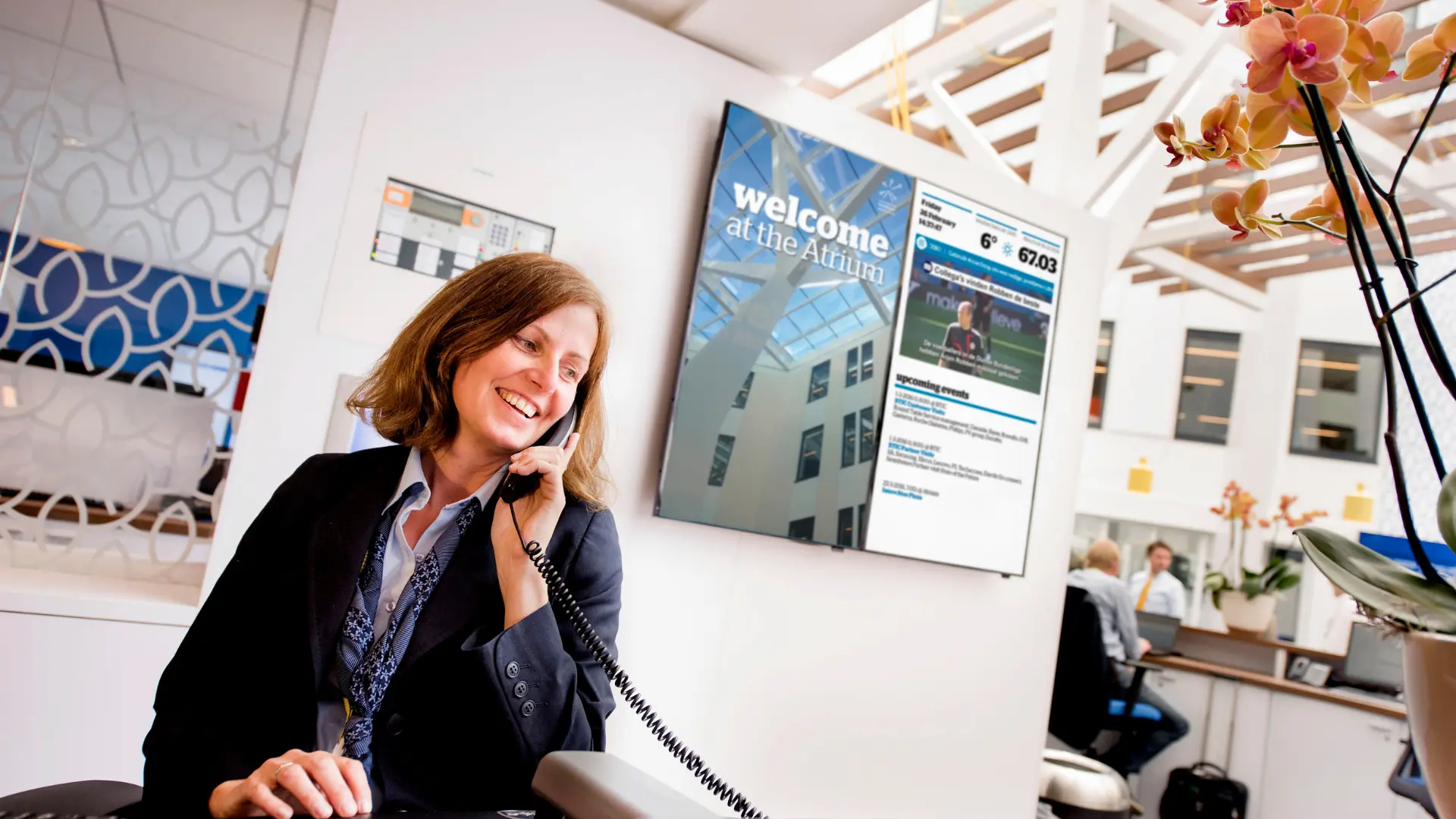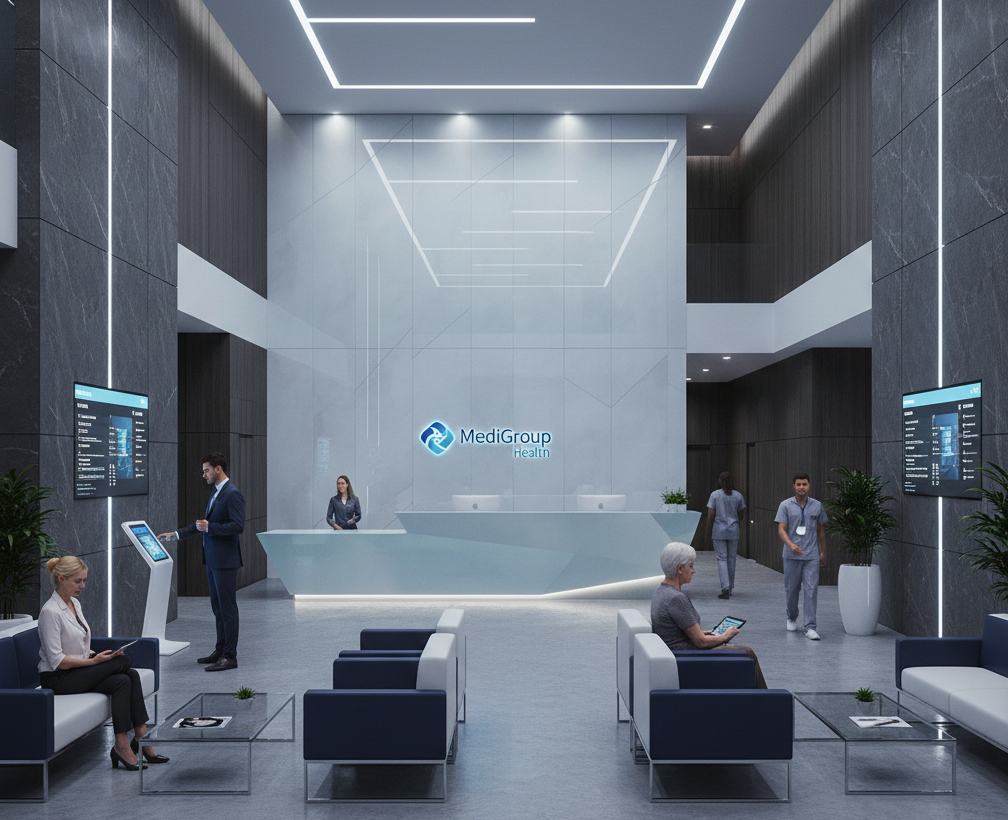Digital signages have become more popular than ever. The global digital signage market is expected to hit $2.8 billion by 2024. That’s a CAGR of 8.6% from 2018 to 2024. Considering how other components of the AV market were hit badly by the pandemic, it’s a big deal that signages are doing so well. But it’s quite logical since the pandemic has created a need for contactless interactions. Many roles require automated ways of providing direction and handling foot traffic flow. New and exciting use-cases are emerging each day too. Digital signages are also being combined with other solutions to deliver personalized messages, utilize AI, and more.
But for providers and brands to reap the benefits from digital signages, they must know how to create and implement these powerful solutions in the best possible way.
Design and implementation play important roles in the functionality of these solutions. That’s especially true in large facilities which experience a lot of footfall. That’s also the same in outdoor areas. With the right factors, digital signages can be highly effective in increasing customer engagement and satisfaction, while maintaining pandemic protocol.
Design of the Signage
There are certain ways to design digital signages. You must keep in mind the contrast and legibility, otherwise, the viewer won’t be able to read what’s written on your sign. Always ensure there’s enough contrast between the background and foreground colours. Another factor is spacing the information on the signs. Too many words create clutter. The size of the letters should also be large and clear. Ideally, you can use up to 5 lines of text, with three words each. Keep only the most important information.
Next, ensure the text styles are simple and easy to read. Use fancy designs less and keep the letters large and bold. Colour makes good contrast and the right colour choices help make your information stand out the way it needs to. So, use contrasting colours, understand what colours your viewer will be drawn to, and you’ll be able to control the impact of the information you’re sharing. In enterprises and workplaces, you will also need to factor in the corporate colour palette. Focus techniques help create a visual hierarchy in designs, like using headlines, colours, and graphics to pull the eye to certain parts of the signs. Put all these together and preview your design to decide if it looks exactly how you want it to look.
Site Understanding
To get the best out of your digital signages, you need to understand the location that you want to place them in. Study the surroundings and decide what would look good. Ensure adjoining signages don’t overpower yours. Also, make sure that you aren’t placing yours near a competitor’s signage, or next to a message or a product that contradicts yours. You’ll also have to decide how many screens you’ll want to install, what type of content you’ll be displaying and where, and your budget for the whole process.
Do a site survey with your installation team and make sure it has all that you need to put up the signages. That would include sufficient wall space, a strong power source, and more. You’ll need hardware, like display screens, mounts, wiring, and other supportive systems, that can be used in that area. You’ll also need Wi-Fi, or hardlines to connect to other systems. Get an installation partner who’ll assess your goals, their feasibility, and suggest the right tech to you along with overviewing the proper setup.
Quality of Implementation
Implementation is key to creating high-quality digital signage. Here are 5 steps to ensure a smooth implementation process.
1. Assess your targets.
Before scheduling implementation, nail down what you need to achieve. Your objectives must be as detailed as possible as they’ll help you measure your ROI.
2. Imagine using the system.
After creating objectives, decide how your system will operate within your organization. What content are you going to display? Who will create this and what’s the budget for that? Where will the hardware be and whose responsibility is it to maintain that? What’s your budget for maintenance? Reach out to whoever is a part of your project and get their inputs.
3. Write a plan.
Describe the key action items, timeframes, and resources that you need. Include features like the display’s location, which screens will show what content, all the needed budgets, potential revenue sources like advertising, IT issues (network, connectivity, security), and support options to maintain and upgrade your signages. Cover as much as you can in advance to avoid unexpected delays and costs later on. In the plan, include a clear plan to coordinate with the various other on-site teams that will be working there, like interiors, electricals, IT, etc.
4. Install and test the software.
This is very important. You must check your system before any important launches. How it gets deployed will make a difference. You could be working with a sophisticated AV product, IT products, or other entities. Either way, mount the hardware beforehand, use remote support from the web for the software, and run a pilot program for 30 days at least. Your signage must do exactly what you need it to do when you go live.
5. Update!
You’ll have to keep updating your system to keep your signage running smoothly. That includes both the hardware and the software. You’ll have to keep fine-tuning your plan to ensure you replace outdated system components. Also, make sure your content is also updated, to keep it fresh and entertaining for the viewers.
These are the best ways you can ensure your digital signages are impactful and helpful for all those who read them and need them. Check back with us to hear some interesting installation war stories of signages at some iconic locations.



